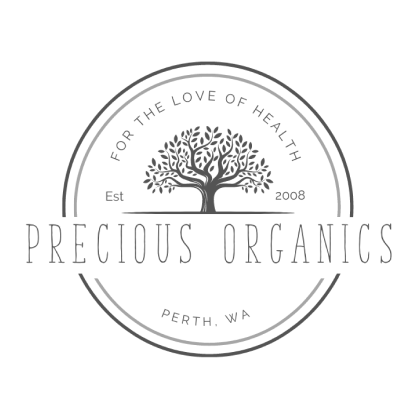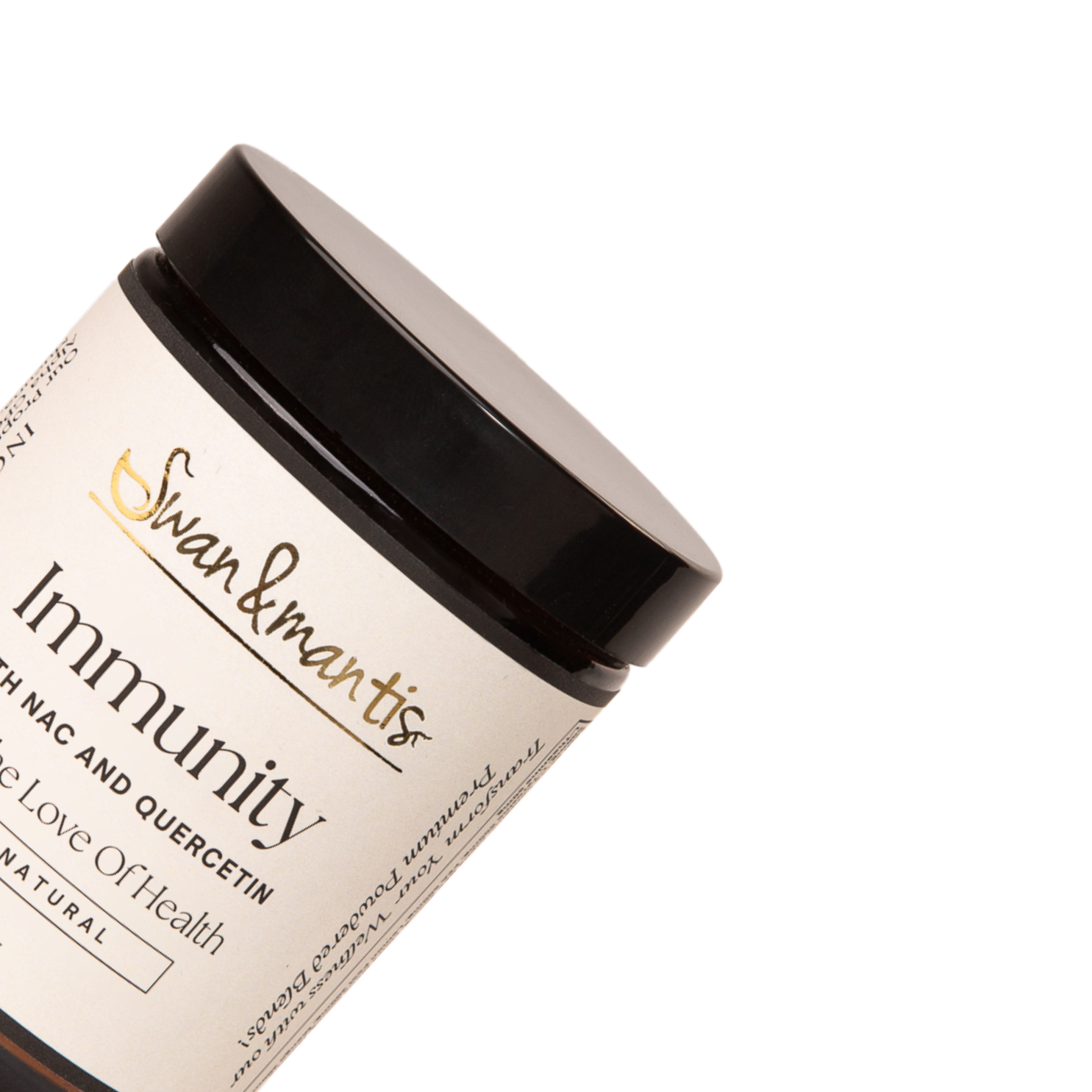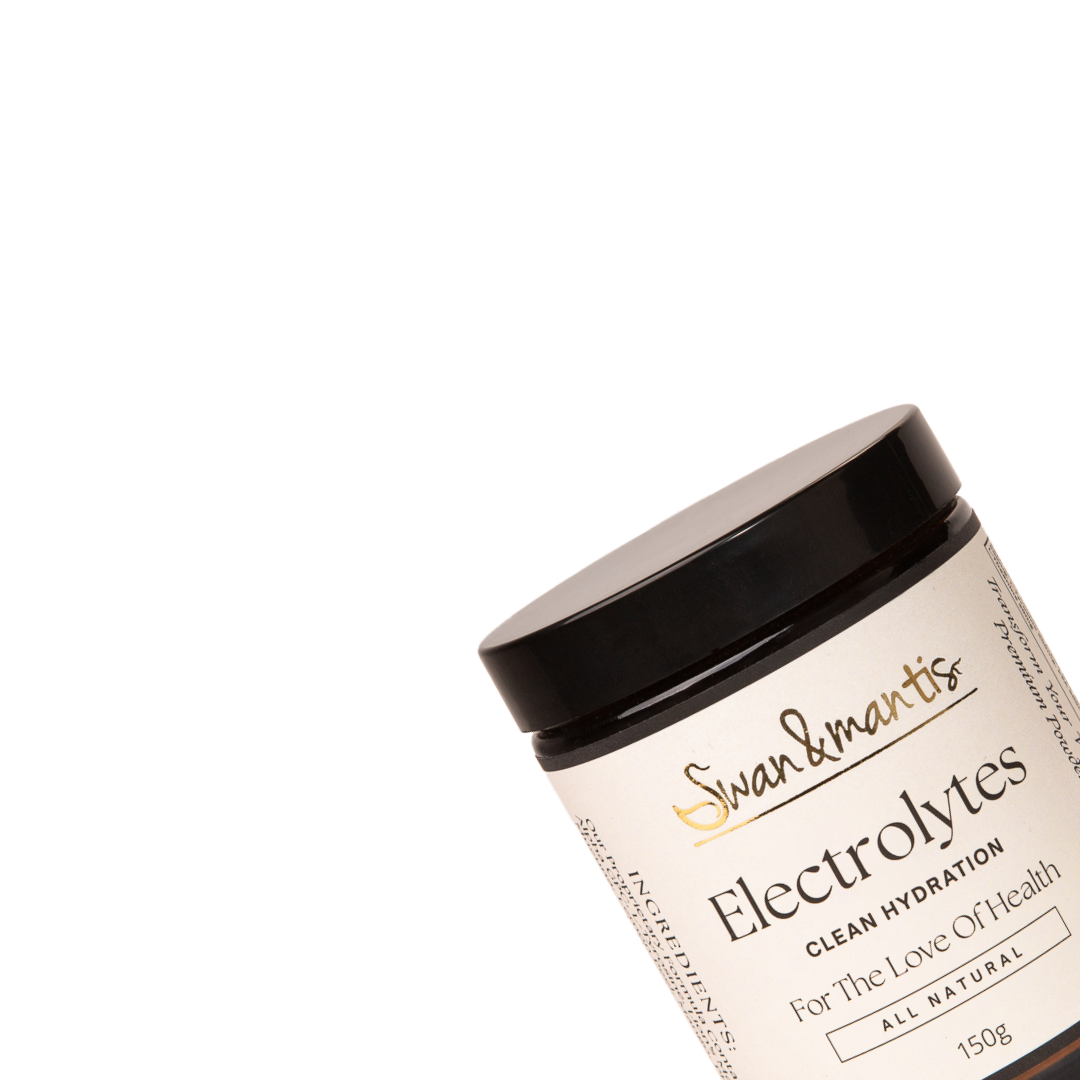Cancer Tonics and Salve Info
The TGA DON’T WANT PEOPLE TO SURVIVE CANCER only ANIMALS
Herbal Tonic lll for Animals, 100ml
Herbal Capsules for Animals, 60 Capsules
Ingredients used in Centre-force herbal formulas
Tonics, Capsules and Powders These formulas were refined in working with other practicing master herbologists. We feel that our resulting "nutritional supplements" make an important adjunct to other nutritional supplements or pharmaceuticals used by cancer patients and sufferers of a wide range of viral infections. Each ingredient services an important function and contributes to the overall efficacy of the formula. Below we list the important herbs which are the basis of the botanical extracts contained in our internal Cansema products and Cansema Black Salve. Chaparral (Larrea tridentata, Larrea mexicata) -- An herb long reverred for its miraculous medicinal properties by Indians of the Southwest U.S., chaparral's secret is known to be contained in a substance known as NDGA (nordihydroguauretic acid). This organic anti-oxidant is the basis of several recent cancer cures which have been filed with the U.S. patent office, most by Chemex Pharmaceutical of Fort Collins, Colorado (USA). The FDA has granted drug status to Chemex for a remedy for a pre-cancerous skin remedy (actinic keratosis) which uses NDGA as its base. Aloe vera (as a base medium), The research done by hundreds of researchers and scientists is mounting up, resulting in a more complete understanding of the therapeutic value of Aloe vera and the many ways in which Aloe can contribute to health and well-being. Aloe Vera is a wonderful detoxifier. Its anti-cancer value has been demonstrated in study after study. It is also an immunomodulator, meaning it will balance your immune system. Graviola (Annona muricata) from the Amazonia, Specific acetogenins in graviola and/or extracts of graviola have been reported to be selectively toxic in vitro to these types of tumor cells: lung carcinoma cell lines; human breast solid tumor
lines; prostate adenocarcinoma; pancreatic carcinoma cell lines; colon adenocarcinoma cell lines; liver cancer cell lines; human lymphoma cell lines; and multi-drug resistant human breast adenocarcinoma. Galangal (Alpina officinalis) -- A relative of ginger, the root of galangal is effective in making the actions of Cansema products milder to the stomach. It is also a suporific, helping to cleanse the system through perspiration and acting as an adjuvant to the overall action of chaparral. Rhubarb (Rheum palmatum) -- Rhubarb root is a potent tonic; in the concentrations contained in Cansema products it also acts as an astringent to counteract the laxative effects of a number of the compounds. Burdock (Arctium lappa) -- The root is used in Cansema products as a detoxifier, diuretic and mild laxative--it is frequently used by herbologists in their treatment of cancer sufferers. Buckthorn (Rhamnus frangula) -- The action of aged buckthorn bark is similar to rhubarb and serves as a synergistic adjuvant. Red Clover (Trifolium pratense) -- Red clover blossoms, like chaparral, contain cancerolytic hydroquinone’s. A tea made from red clover blossoms has been widely reported to help reduce tumor size in a great many people. In Cansema products, it works together with chaparral and purple lapacho. Purple Lapacho is a South American botanical, and like red clover, is used because of its hydroquinone concentration. Zinc Glutomate / Zinc Chloride are used to impart zinc, which work as an adjuvant. It is now known why zinc increases the antineoplastic and antiviral activity of NDGA, but the effect has long been known . Ascorbal Palmitate is a combination of ascorbic acid and palmitic acid. This fat soluble version of Vitamin C is added to
increase the overall effectiveness of NDGA--both of which are anti-oxidants. Pau 'd' arco Clinical Laboratory Studies Show Cancer Cell Destruction These studies prove that constituents extracted from the Tabebuia Avellanedae (Pau d'Arco) tree bark "remarkably inhibits the growth" and "exhibits selective toxicity" of 23 specific types of cancer cells. The compound also "was found to inhibit the growth almost completely" and "cause necrosis (death)" in 12 specific types of malignant cancer tumors. Cat's Claw Cat's claw has been used in Peru and Europe since the early 1990s as an adjunctive treatment for cancer and AIDS, as well as other diseases that target the immunological system. Italian researchers reported in a 2001 in vitro study that cat's claw directly inhibited the growth of a human breast cancer cell line by 90%, while another research group reported that it inhibited the binding of estrogens in human breast cancer cells in vitro. Swedish researchers documented it inhibited the growth of lymphoma and leukaemia cells in vitro in 1998 Sweet Annie Artemisinin, called qinghaosu in China where it was first discovered, is thought to account for the anti malarial activity of the plant. This compound is a sesquiterpene lactone and is believed to cause damage to the organisms that cause malaria inside the red blood cells they infect. Test tube studies suggest artemisinin can kill other parasites and bacteria, possibly supporting the traditional notion of using it for parasitic infections of the gastrointestinal tract. Guava The long history of guava’s use has led modern-day researchers to study guava extracts. Its traditional use for diarrhoea, gastroenteritis and other digestive complaints has been validated in numerous clinical studies. Beetroot Beetroot has for many years been used as a treatment for cancer in Europe. Specific anti-carcinogens are bound to the
red colouring matter which supposedly helps fight against cancer and beetroot also increases the uptake of oxygen by as much as 400 percent. Additional studies are taking place to add support to these claims. Rosehips A nutritive herb and is a source of natural vitamins and minerals, especially vitamin C. It nutritionally strengthens the immune system. Centreforce Black Salve: The formula (ingredients, percentages, and manufacturing methods) has evolved over time, largely to improve performance and minimize pain management issues. The current ingredients are:Zinc chloride (Cl2Zn) Chaparral (Larrea mexicata) Bloodroot (Sanguinaria canadensis)Galangal root (Alpinia officinarium) or ginger root (Zingiber officinale) Graviola leaf (Annona muricata) Glycerine (used as a humectant, to keep the product moist). DMSO (Dimethylsulphoxidein) in the Deep Tissue
About Herbal Treatment for Cancer
The TGA (Therapeutic Goods Administration) in Australia have prevented Centreforce Australia from providing you with Black Salve treatment for Humans, until such time as the product has been included in the ARTG for human therapeutic use. So buy it for your Dog or Cat and try it. Additionally, We have decided to make a name change and abandon the name of "Cansema" from our products. Read More Here The TGA laws are such that it is an offence punishable by jail and fines for providing unregistered therapeutic goods for Humans, presented with claims for therapeutic use.Therefore
we are only permitted to provide these products for your animal. However, the direct and indrect application of herbs and herbal juices to tumors has been practiced in many different traditions and cultures far back into antiquity. Skin Cancer - Black Salve "Around the mid-nineteenth century, Native American herbs became very popular in Europe and a Dr. J.W. Fell, working at Middlesex Hospital in London developed a paste made of bloodroot, zinc chloride, flour, and water. This was directly applied as a paste to a malignant growth and generally destroyed the tumor within two to four weeks. The Eclectics medical doctors of the 19th century, especially Dr. Eli Jones, specialized in the treatment of cancer emphasizing internal treatment and lifestyle changes but evidently used escharotic salves and ointments with success. The late Dr. Raymond Christopher created a Black Ointment drawing salve that contained potent anti-cancer herbs such as poke root and black walnut bark. Many consider this to be only for drawing out slivers and such embedded in the flesh, but in fact, the salve is also used for drawing out cancers and tumors. In recent times various formulas for the salve has been sold or given away by various clandestine individuals who are mostly motivated by the desire to help provide patients with a less invasive and harmful method to remove cancers from various parts of the body. One of the most startling facts is that the use of escharotics has been and continues to be an accepted and recognized medical procedure. A medical text entitled Chemosurgery: Microscopically controlled Surgery for Skin Cancer was written by Dr. Frederic E. Mohs, B.Sc., M.D. and last published by Charles Thomas in 1978. It uses the same basic escharotic paste used by Eli Jones, Hoxsey, and others for application for topical application for the removal of various cancers, molls, warts and other growths and excrescences. Dr. Mohs was clinical Professor of Surgery at the University of Wisconsin Medical School" Source: http://www.planetherbs.com/
"The medical definition of "cure" is the non-reoccurence of pathology within five years after treatment. By the very definition used by orthodox medicine, The Black Salve is empirically a proven cure for skin cancer for the majority of those who use the product according to instructions."


